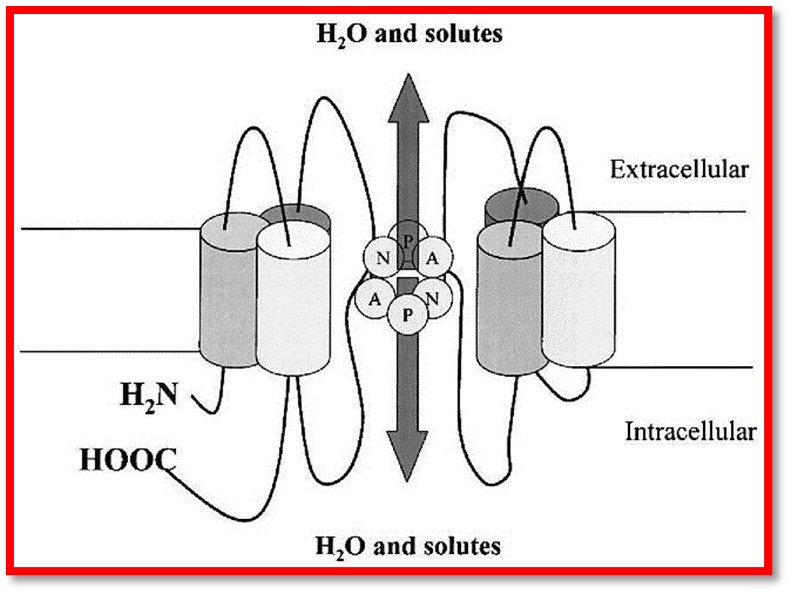You might be thinking that Aquaporins are a new product from AquAid. You’d be wrong – although the name is reminiscent of pouring water, so perhaps not such a stretch.
But what are they exactly?
Dumb bunny explanation:
Membranes which replicate the way nature removes salt from water, for example in the kidneys or in mangroves.
Slightly less dumb bunny explanation:
An aquaporin is a specialized protein located in the cell membrane of body cells. It forms the mechanism responsible for pumping water into and out of the cell as needed. Aquaporins are part of the large family of major intrinsic proteins, proteins that form pores or channels in the cell membrane, and work to regulate the composition of the inside of the cell.
The aquaporin was discovered by Peter Agre of Johns Hopkins University in 1992. Agre won the 2003 Nobel Prize in Chemistry for his discovery. He discovered aquaporins serendipitously during a study on the Rh blood group antigen, confirming long-held suspicions by the scientific community that a mechanism for transporting water across the cell membrane existed.
Aquaporins conduct water into and out of the cell, but prevent the movement of ions and other solutes across the cell wall. A specialized form of aquaporin, called an aquaglyceroporin, does allow the movement of some solutes into and out of the cell, but like regular aquaporins, it does not allow charged particles, or ions, to pass through. Some solutes that aquaglyceroporins allow to cross the cell membrane are ammonia, carbon dioxide, and urea. The types of solutes allowed through by aquaporins depend on the size of the protein channel.
How else could Aquaporins benefit mankind?
They could dramatically reduce the energy needed in desalination and the scope there is far reaching – think space suits.
Remember, with AquAid’s water coolers; water; boilers – you won’t need any desalination set up – as you’ll have a consistent supply of refreshing drinking water (and of course, your clever body will take care of the rest).

